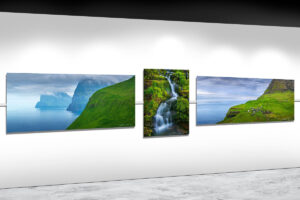
Create a Home Gallery Wall: A How-To Guide
DESIGN A HOME PHOTO & WALL ART GALLERY WALL Create a home gallery wall and make it look professional. Whether you use photography prints, or
Knowing how to choose the best hanging system is important when you hang a photo print, picture, painting, or any style of wall art. Whether you plan to hang a single artwork, create a home gallery wall, or decorate an entire art gallery, you will benefit from choosing the right hanging system. What are the advantages and disadvantages of the different hanging systems? Which one is right for you and your project? The frame structure of your art piece will influence how much choice you have. Nevertheless, you always have a choice and it is important to make the right one.

Image source: picturehangingsystems.com
This wall art hanging system is designed with two main hardware components. First, it has a metal (most commonly aluminum) rail, which is mounted directly on the wall. Second, it comes with steel cables, which suspended the artwork from the rail. Typically the top end of the cable hooks easily on the rail and can slide left and right for quick positioning. The bottom end of each cable is outfitted with a sliding hook, which connects to the art piece itself. The hooks are designed to easily slide up and down the cable for easy vertical adjustment. They have a locking mechanism, which can be released with the push of a button. This allows for the ability to position the wall art exactly where you want it.
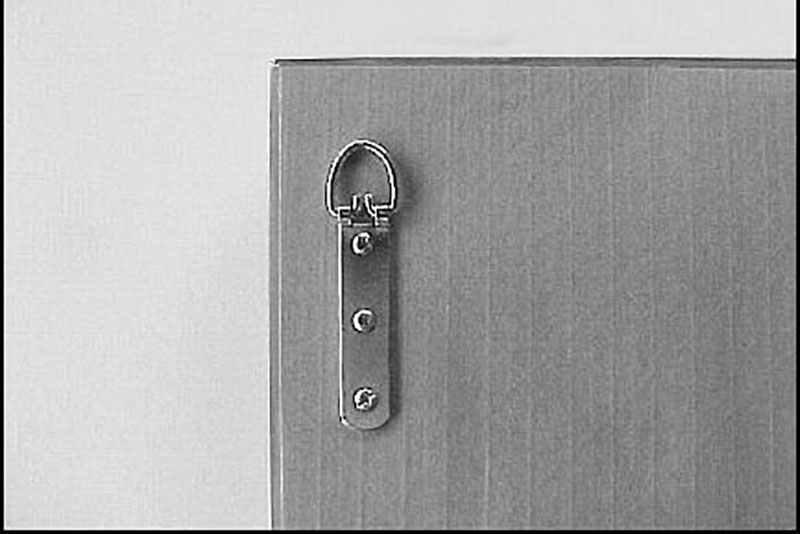
Image source: picturehangsolutions.com
This is the most common type of wall art hanging system in home settings, but less common in art galleries. In this case the art piece itself has some sort of hanging hardware on its back, such as tiny holes, a metal plate, or d-rings, upon which it is meant to be suspended. This hardware is directly hung on a screw, nail, cable or hook secured into the wall. This type of a hanging system is usually used for small frames. Most wall art and/or frames, available at a local craft store, typically come equipped with such hanging hardware out of the box.
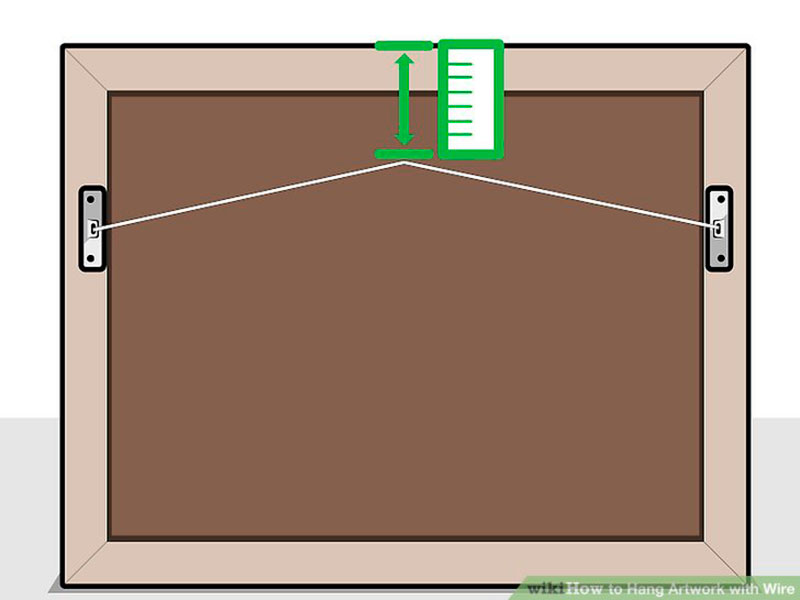
Image source: wikihow.com
This type of a wall art hanging system contains just one hardware piece. It uses a single steel cable mounted directly to the back side of the art’s frame. The cable is secured horizontally and is used to suspend the entire picture from a single wall anchor.
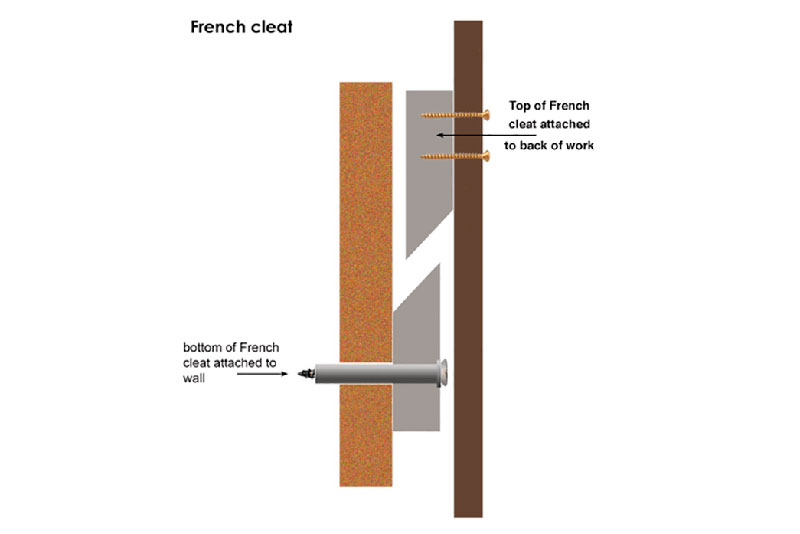
Image source: precisionboard.com
The french cleat hanging system contains two hardware pieces that are mirror images of each other. They are usually rails which are specially designed to lock together. Most often the rails are made of metal or wood. One is mounted on the wall and the other is mounted on the picture itself. Therefore, the one on the wall serves as the hanging anchor, and the one on the art allows for the actual hanging of the artwork.
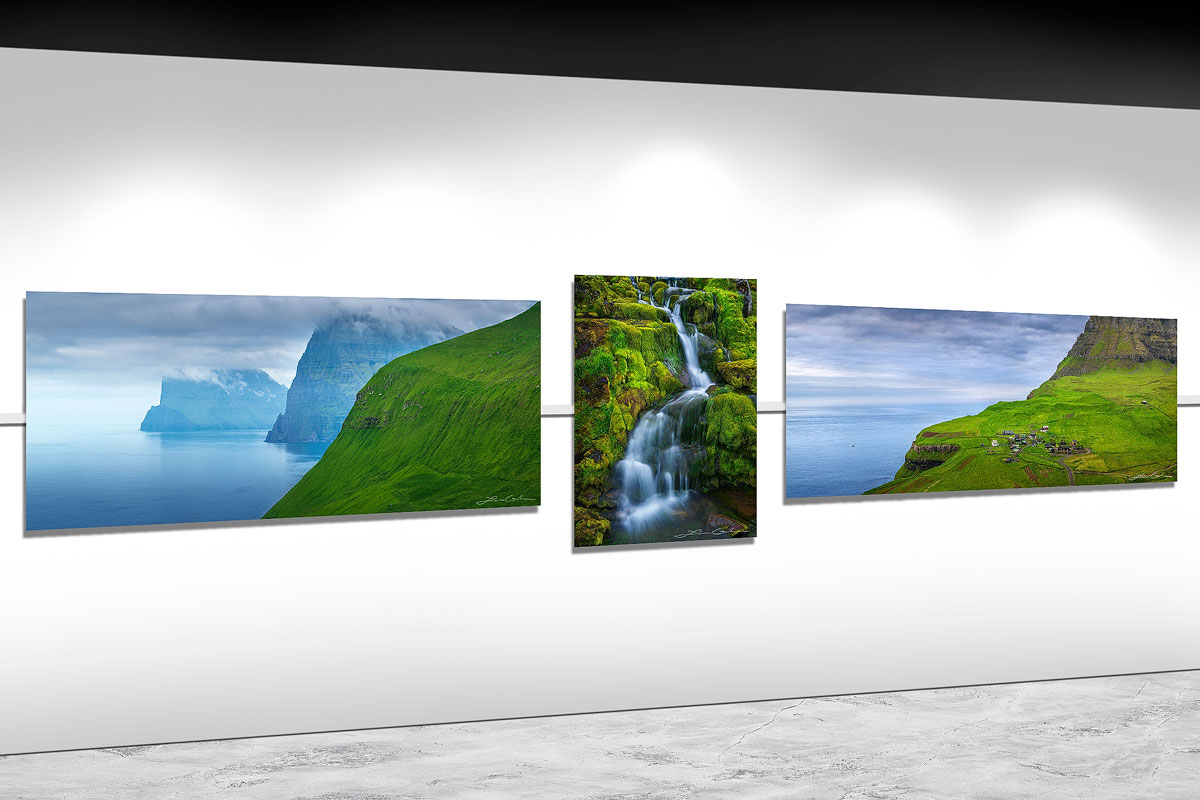
This is a picture hanging system that you would see on the walls of some galleries. It basically is the french cleat hanging system, but designed for multiple images in a single row. In this case a long rail is mounted horizontally across an entire gallery wall. Pictures are then hung in a horizontal line, where the mid section of each is at the same vertical level, regardless of size. Additionally, this hanging system does not allow the back of the art to be firmly against the wall and gives it a floating look.

Gintchin Fine Art offers a 30 minute no-obligation complimentary art consultation. Having designed and built gallery walls in home, office, corporate, and art gallery interiors I can help you make the right choice. If you need advice on choosing the right photograph, print size, print medium, frame option, hanging system, etc. I can help. Take advantage of my experience and skills, and request your no-pressure art consulting session today.
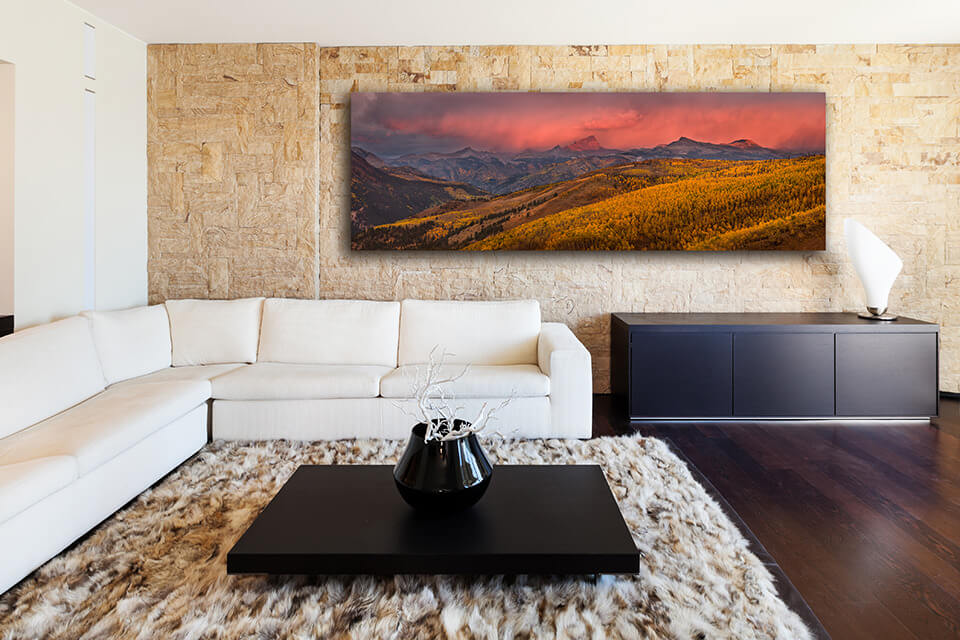

DESIGN A HOME PHOTO & WALL ART GALLERY WALL Create a home gallery wall and make it look professional. Whether you use photography prints, or

HANGING PHOTOGRAPHY PRINTS, PICTURES, AND WALL ART How to hang photography prints, paintings, or any kind of wall art, like a professional? You are the

The ability to visualize art prints on your wall before buying is a skill that can save you headaches. Whether you are an art curator,
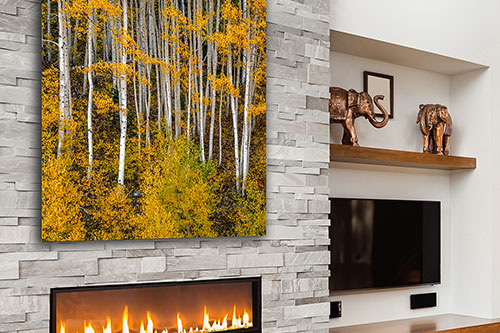
Choosing the right print size for your art wall is important in order to create an elegant decor. Too small, and the fine art may
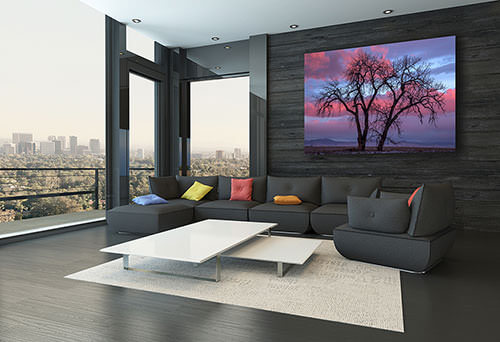
Whether you are an interior designer or an art collector, you have decided to use fine art nature photography for interior design. Your goal is

How to Light Fine Art Photography Prints and Wall Art Knowing how to light artwork in your home or business can be the difference between
Gintchin Fine Art offers exclusive limited edition fine art photography by Lazar Gintchin, a nature and landscape photographer specializing in large format size prints. Each image in Gintchin’s portfolio is a unique and limited edition print. The gallery includes high-quality wall art prints in acrylic and metal mediums, providing a luxurious fine art presentation. With a diverse range of genres to choose from, art enthusiasts can curate a collection that reflects their aesthetic preferences.